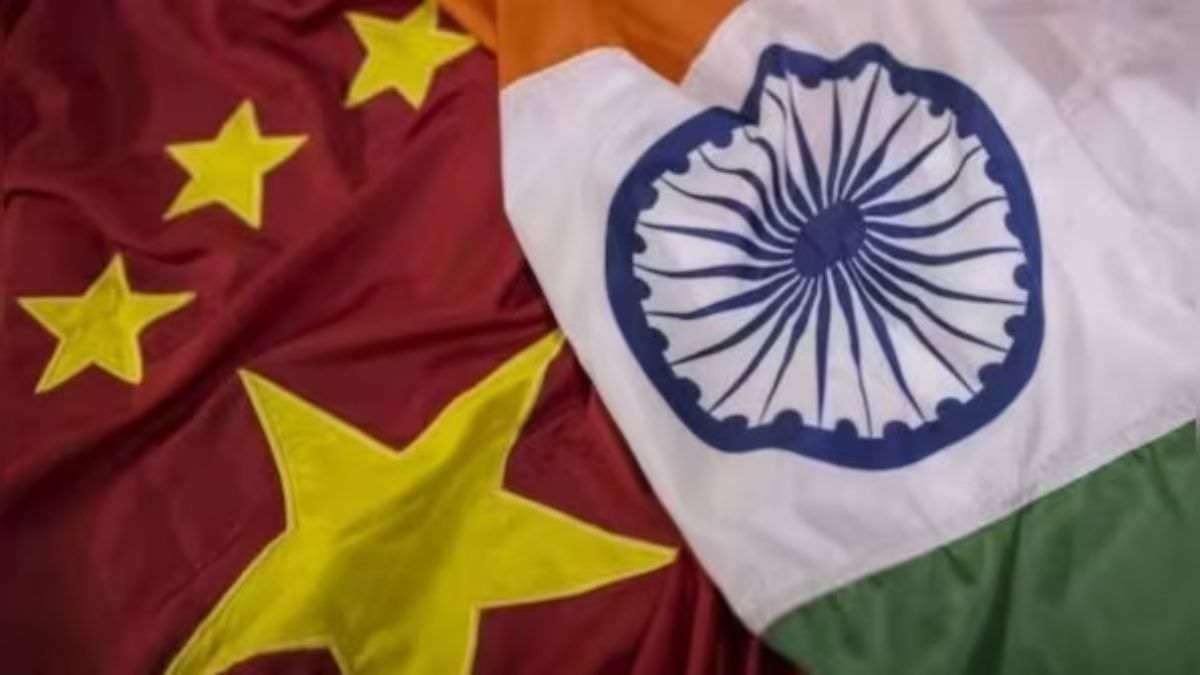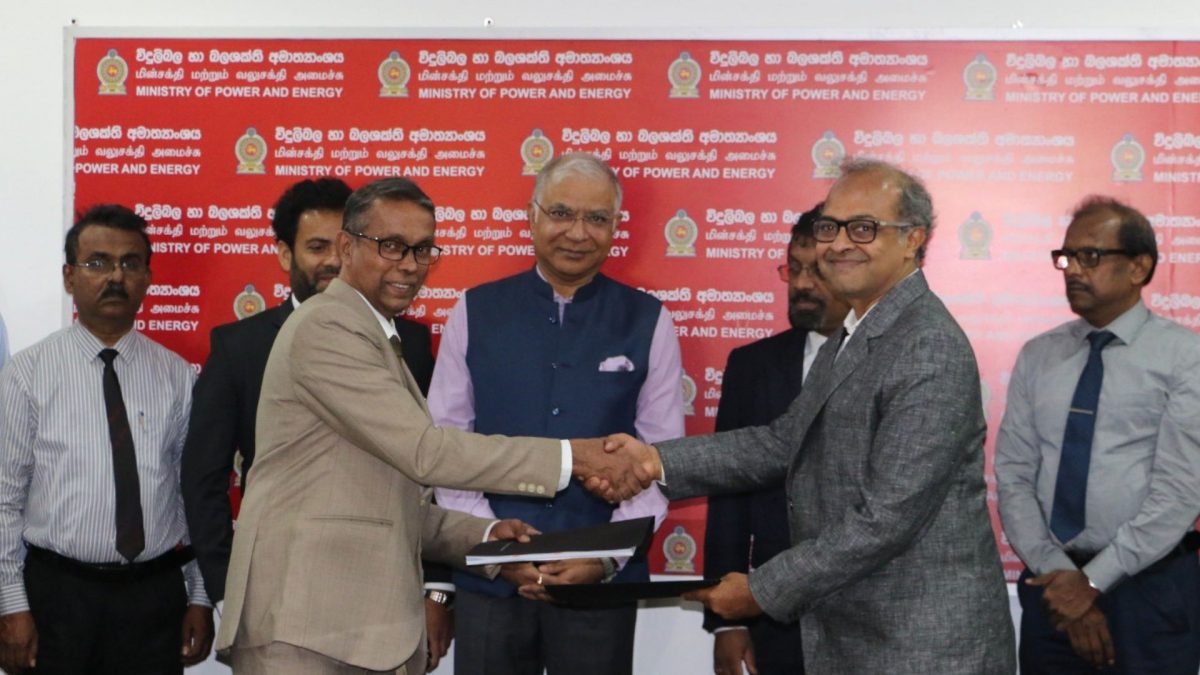Priyanka Gandhi has scotched the latest round of speculation on her taking up some big responsibility in the Congress with an open denial. However, given the fascination with her in the media and the general suspicion at Rahul Gandhi’s leadership acumen another bout of excitement around her supposed ‘big role’ could only be round the corner.
While the cycle of speculation and denials will be endless given her unique presence in the Congress scheme of things, there is a bigger question that slips under the radar all the time: can the party handle three Gandhis at the top?
Two Gandhis at the helm of affairs have more often than not spelt trouble for the Congress. Take the case of Jawaharlal Nehru-Indira Gandhi or Indira-Sanjay Gandhi or Sonia-Rahul. On the face of it, each looks a formidable and invincible combination. But in reality, specially in the case of the latter two, it put the organisation and the government under strain, added to the pulls and pressures and created confusion among workers as the centre of gravity in the organization/government see-sawed, depending on the occasion and situation.
And now there are loud demands for inducting a third into the organisation.
Will the entry of a third —in this case, Priyanka Vadra or Priyanka Gandhi Vadra as many would have it –reverse the trend? Or will it make it go bust as portended by the oft-quoted Hindi saying: ``teen tigada, kaam bigada? (three spells trouble)?
If two is many, three is perhaps two too many. More so, when instead of being aides whose prominence and role a party can absorb, the second or even third Gandhi steps in to share authority and responsibility without any clear cut division of work. No political party brooks a division of authority at the top even if can withstand a powerful coterie trying to tap the fountainhead. And when a dynast or a leader deliberately splits his/her authority (as distinct from delegating it), he/she sows the seeds of divided loyalties and approaches that ends up bleeding the organisation.
Nehru and Indira
It all began in a small way during the Nehru era when Indira started helping out her father Jawaharlal Nehru, the country’s first prime minister and a charismatic and towering personality. Even though she experimented with politics as Allahabad party chief and Congress Working Committee member, she remained his understudy, absorbing and learning all she could from him, but with little or no direct or visible authority of her own.
But in 1959, when she was elected Congress president, her role as party chief came in conflict with the Prime Minister’s, particularly on handling communist ruled Kerala where the party’s state unit was battling the red cadres. Though she kept the post only for a year, reports of that time suggest that while the aging leader, given his mindset, was reluctant to dismiss the democratically elected communist government in 1960, he did it at her behest. If he was accused of nepotism for installing her as party chief, the dismissal opened him to the charge of being undemocratic and using her as a front. During that period, Indira also sanctioned the Congress’s tie up with the Muslim League and the Church—which set the stage for coalition governments in Kerala—which Nehru may not have liked but did not stop.
Indira and Sanjay
After Nehru’s death in 1964 and Lal Bahadur Shastri’s in 1966, the Congress installed Indira as prime minister. Dismissed as a ``gungi gudiya’’ (dumb doll) initially, she soon came into her own as she split the Congress and took firm control of the party and the government. The problems began with 25-year old Sanjay coming to the fore and functioning as an extra-constitutional and political authority. For nine years since 1971 when he became an aide, advisor and political heir to his mother, the Congress found itself pulled in two different directions—the one it had been following and the one Sanjay wanted it to follow—with Indira’s constitutional and political role often in conflict with her motherly instincts, shades of which could also be seen in the Sonia-Rahul chapter.
The controversy over her government’s decision to give Sanjay a license to make an indigenous ``people’s car’’ was eclipsed by the 1971 Bangladesh war and her landslide victory in the national elections which made her and her son more powerful. It emboldened them even as protests gradually built up outside. By the time the Emergency was declared in 1975, Sanjay was calling the shots, he and his friends were managing the organisation and the PM’s house–and not her office–was running the government. Those who resented his interference had, like then I&B Minister I K Gujral, to quit. Decisions like razing the Turkman Gate tenements in Delhi and the 1976 compulsory sterilization programme fuelled public anger and outrage.
Contesting his first election in 1977, Sanjay lost in Amethi, Indira in Rae Bareli and the party was wiped out in North India.
But the collapse of the new Janata party government saw Indira storming back to power in January 1980, with Sanjay in tow as an MP. Four months later she legitimized his pre-eminence by making him general secretary. A month later he died in a plane crash, the Congress floundered and Indira’s plan of a dynastic succession went awry.
Indira and Rajiv
Though Sanjay’s widow Maneka was keen to enter politics, Indira preferred to rope in her older son Rajiv—which led to a fall-out and her ouster from the Gandhi household. A reluctant politician, Rajiv was elected from Amethi in 1981 and as part of his political grooming made general secretary and in charge of organizing the 1982 Asian Games.
But before he could become a power centre along with Indira in the manner in which Sanjay did, the party and government were overtaken by problems like the growing militancy in Punjab which led her to launch Operation Bluestar at the Golden Temple in Amritsar. Politically, the move cost the Congress very heavy and Indira was assassinated by her guards on 31 October 1984.
Though temperamentally different from his brash and ambitious brother, the four years Rajiv spent with his mother in active politics were too short for him to superimpose himself on the party and government in the manner Sanjay had done. He was seen to be growing into the number 2 slot; Sanjay was already number 2.
After Indira’s death, 40 year old Rajiv became the PM. His wife Sonia abhorred politics like he had done and his children were much too young to play any role when he moved to South Bloc. There was no confusion that the power and authority he wielded was his alone, though he had his own coterie around him. In 1991 he too was assassinated.
Sonia and Rahul
The story of another set of Gandhis leading the charge began in 2004 when Sonia got a reluctant Rahul to represent Amethi. In the first few years, he took a back seat, observing and absorbing but giving little indication that his interest in politics had grown. Made general secretary in 2007, he focused on revamping the frontal organizations which remains an incomplete exercise. Any influence he had on the Congress was discreet while he was politically correct while petitioning Prime Minister Manmohan Singh for an expanded NREGA or a Bundelkhand package.
Sonia dominated the show as she steered the party, the UPA and the government. There was no doubt that in the Sonia-Manmohan-Rahul trinity, she held the reins of power and authority.
The trouble started after 2009 in UPA-2 when Sonia began to entrust her son with some of her own responsibilities, specially when she went abroad for surgery in 2011. And as she stepped back, Rahul’s own performance came in for closer scrutiny and he was found wanting. The Congress’s youth icon was nowhere to be seen when youngsters came out to back Anna Hazare’s anti-graft agitation in 2011 or protested over the Delhi gangrape in 2012.
His invisibility and inaccessibility damaged his and his party’s image, his clinical style of functioning and failure to deliver in elections worried Congress workers and his growing clout created tensions between the party’s old guard and the new brigade he was nurturing which damaged the organisation.
Anointed vice president in early 2013, despite his failures, Rahul shocked everyone by publicly rubbishing as ``nonsense’’ the cabinet’s proposed ordinance to protect convicted lawmakers. The PM had to roll back the decision, his depleted authority further eroded while Rahul himself came across as half a leader, immature and hotheaded.
The series of electoral defeats including in Uttar Pradesh, Gujarat, Chhattisgarh, Madhya Pradesh, Rajasthan and Delhi and the recent Lok Sabha debacle in the backdrop of price rise and allegations of corruption left an already weakened Congress reeling. As the party lost track and appeal, Congress leaders attacked Rahul’s uninspiring leadership and dubbed him a ``joker’’.
Demands grew for Sonia to resume control of the party. But even she was not spared this time, with senior leader Jagmeet Brar advising the duo to take a break and hand over the reins to someone else. Desperate Congressmen called on Priyanka Vadra to come forward and revive the party which had, under Rahul’s stewardship, won just 44 Lok Sabha seats and could not even claim the status of Leader of Opposition position. They wanted to be led, not by Rahul, but a triad of Priyanka-Sonia-Rahul in that order.
Sonia, Rahul and Priyanka
If Priyanka joins politics, it would be a completely new situation with three members of the same family in the political frame at the same time. On earlier occasions, the third family member either had to play a supporting role—as Nehru’s sister Vijayalaxmi did during his tenure—or be cast out as Maneka was. When Sanjay held sway, Rajiv was happy flying planes as a commercial pilot.
Will Priyanka’s entry bring clarity or lead to a further fragmentation of authority? Will it add to the existing strains in the electorally mauled outfit, create more confusion among Congress workers desperately seeking guidance and inspiration and worsen the situation or will it provide a healing touch and a much needed balance to put the party back on an even keel?
There are far too many questions and imponderables before the party. Even if Sonia-Rahul-Priyanka work as a team, there is little doubt who the grass-root workers, yearning for a saviour, want right now. And if they have their choice, Rahul would have to play second fiddle to Priyanka and Sonia her no matter what position he holds.
However, there is also the question whether Priyanka has it in her to revive the party. Her ground level forays have been limited to the family’s parliamentary boroughs of Rae Bareli and Amethi where victory was taken for granted and her only role was to secure an impressive margin. She succeeded in it even though she and Rahul had to sweat it out in Amethi this time. But her much talked about magic failed in the 2012 assembly polls where she could deliver just two out of the 10 assembly seats in the region.
If she steps in, she has a long haul before her to rebuild the party and the experiment of a trinity and its impact on the organisation would be put to test.


)




)
)
)
)
)
)
)
)